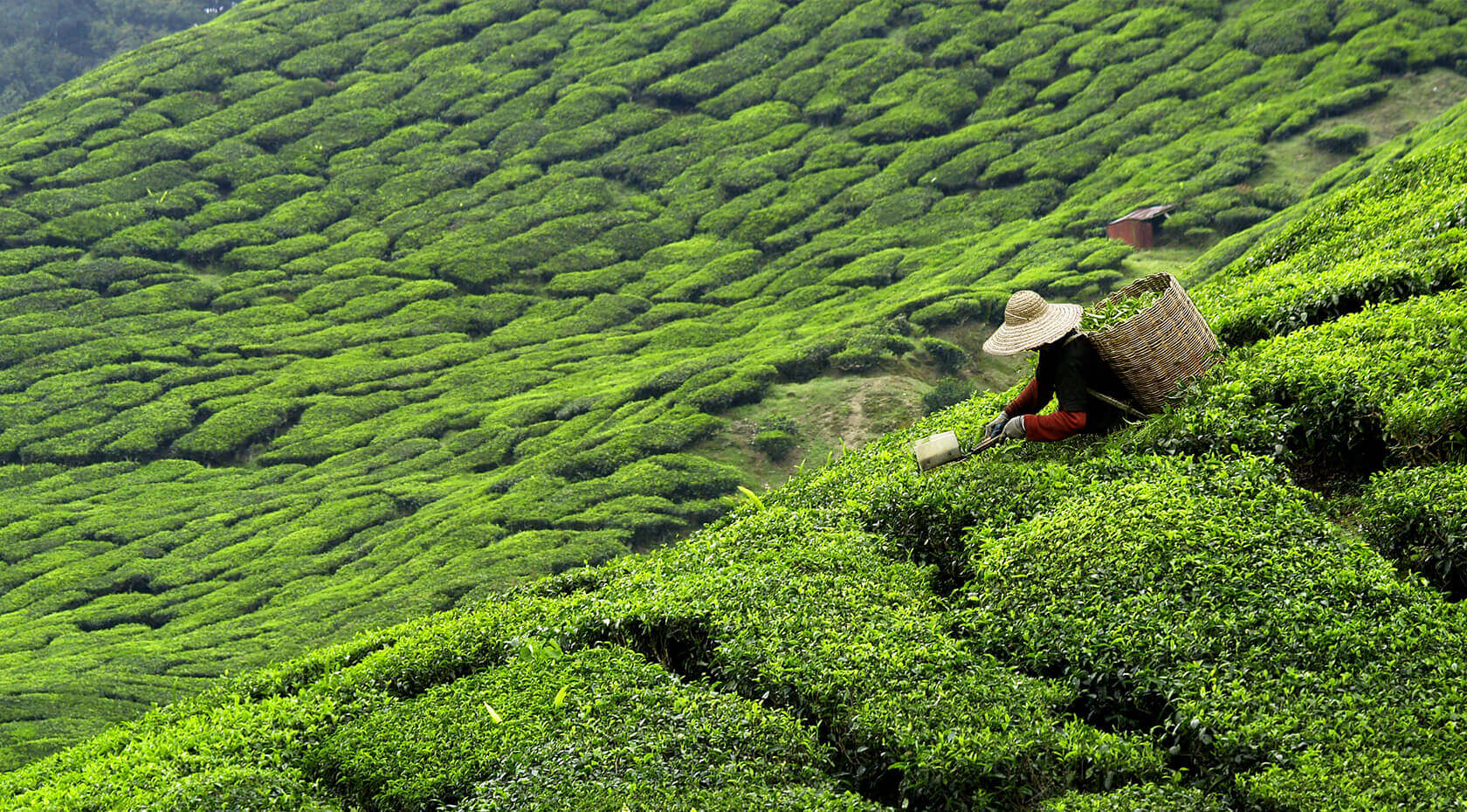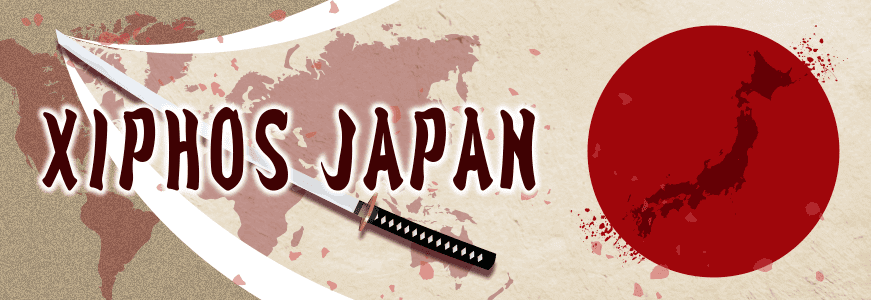
Conflicts in Corona, Ukraine, the Gaza Strip and elsewhere have led to the breakdown of previously robust cross-country international supply chains.
Japan is a resource-poor country, so we need to import energy and food from abroad to make our living.
Food self-sufficiency is falling year by year, and it is predicted that not only wheat and meat, but also vegetables, fruit and fish will become less self-sufficient in the future.
As a result of leaving the infrastructure of our lives overseas, we are faced with rapidly rising prices, making our lives increasingly difficult.
The scarcity of resources means that there is room for improvement in the future in projects such as offshore and undersea development, which are conventionally inaccessible and unprofitable, but when it comes to food, which is the mainstay of our lives, the government has taken the lead and is trying to promote agricultural development through internationalisation and exports abroad, but for various reasons this is not yielding the desired results. However, for a variety of reasons, this has not been as successful as expected.
Japanese agricultural products face the challenge of being inferior to foreign agricultural products in terms of price competitiveness. This is due to the following factors and influences that hinder internationalisation: – Lack of economies of scale: Japanese agricultural operations are often small-scale, with insufficient mechanisation and labour-saving measures.
Lack of economies of scale: Many Japanese agricultural operations are small-scale, and production costs are high due to insufficient mechanisation and labour-saving measures.
Low labour productivity: The labour productivity of farmers is low due to the ageing of the farming population and the shortage of labour.
Decrease in farmland: farmland is decreasing due to urbanisation and infrastructure development.
Decrease in farmers: Unfortunately, production is declining due to a decrease in the number of farmers.
In addition, Japanese agriculture is facing a serious shortage of bearers: the number of farmers in 2020 will be 2.63 million, the lowest level on record. Factors contributing to the shortage of bearers include.
Low profitability of agriculture:.
Agriculture is less profitable than other industries and young people are less willing to engage in farming.
Poor working conditions in agriculture:.
Agriculture has a strong image as a poor working environment, with long working hours and heavy labour.
Lack of successors in agriculture:.
Farmers are ageing and there is a shortage of successors.
A plethora of regulations
Japanese agriculture is subject to a variety of regulations, which hinder management flexibility and make efficient production activities difficult.
Regulations governing the sale and purchase of agricultural land: there are laws regulating the sale and purchase of agricultural land, putting a brake on the expansion of the scale of farming enterprises.
Regulation of production and marketing of agricultural products: there are laws regulating how agricultural products are produced and marketed, which may deprive farmers of some of their freedom.
Regulation of subsidies for agricultural operations: there are various restrictions on the application and use of subsidies for agricultural operations, often with clauses that are not user-friendly and require applicants to spend a lot of time on paperwork.
The following matters can be considered as future measures
Supporting the expansion of the scale of farming enterprises is necessary to promote mechanisation and labour-saving and reduce production costs. Specifically, support for conversion to agricultural corporations and promotion of joint management.
The working environment of farmers needs to be improved, and labour productivity needs to be increased by eliminating the shortage of farmers. Specifically, this includes supporting the introduction of agricultural machinery and improving agricultural training.
Regulations on agriculture need to be relaxed to increase management flexibility and promote efficient production activities. Specific examples include the relaxation of regulations on the sale and purchase of agricultural land and the simplification of subsidies for agricultural management.
Measures to promote domestic agriculture need to be promoted, with the aim of increasing food self-sufficiency. Specific measures include supporting farmers to expand the scale of their operations and encouraging new farmers to start farming.
Changing attitudes to food consumption: the public’s awareness of food consumption needs to be changed and they need to be encouraged to actively consume domestically produced agricultural products. Specific measures include PR activities for domestically produced agricultural products and the promotion of nutrition education.
International cooperation needs to be strengthened to ensure a stable food supply from overseas. Specifically, this includes concluding free trade agreements (FTAs) and cooperating with international organisations.
The above points are necessary for Japanese agriculture to promote internationalisation and survive in the future.







